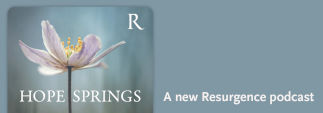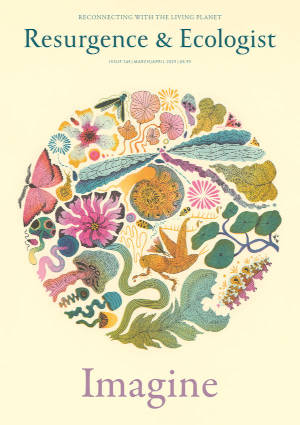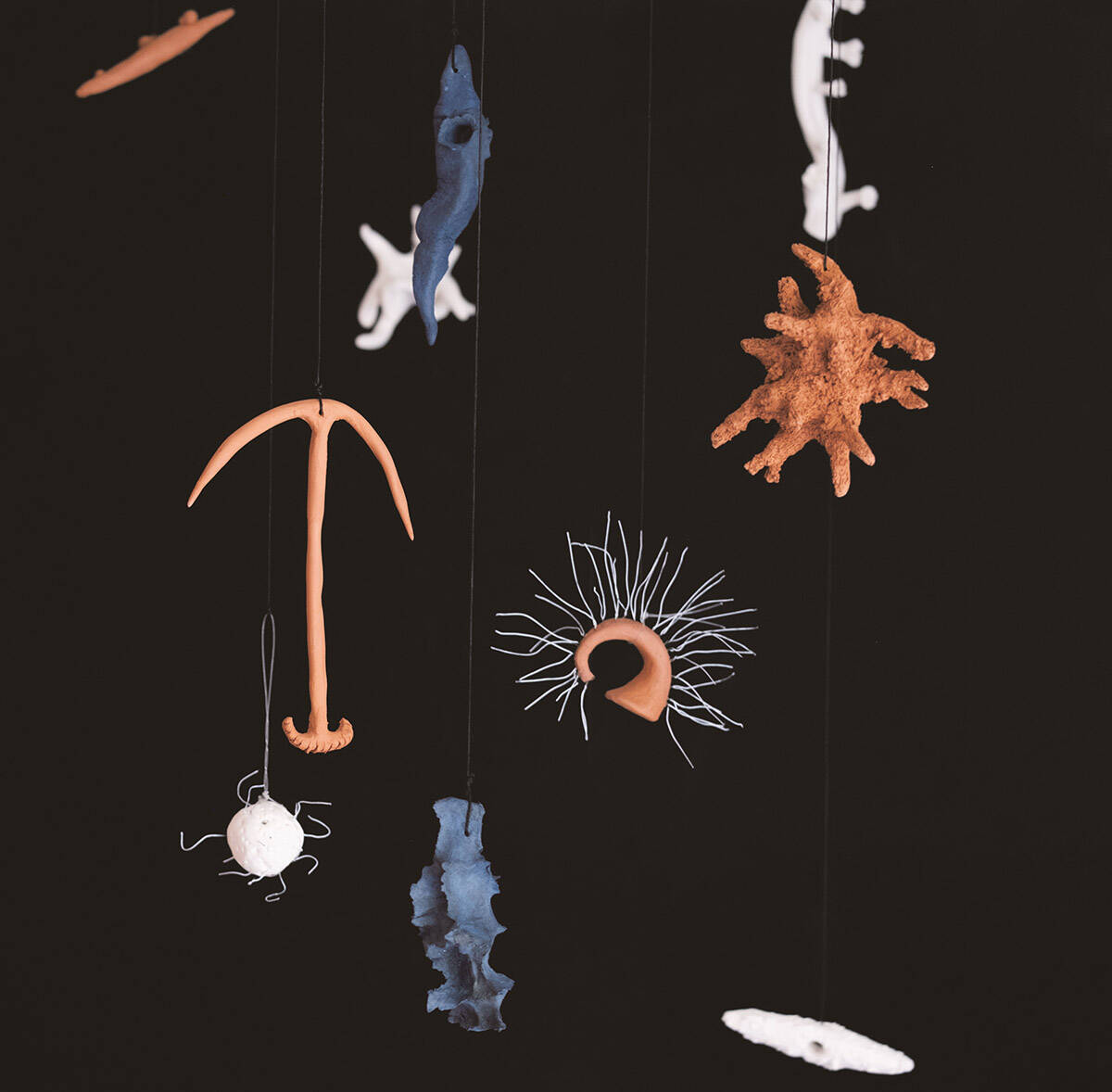Most readers of this publication will almost certainly be familiar with the vital import-ance of soil in the continuation of life. And aptly, there’s currently an exciting exhibition at Somerset House in London that aims to inspire real wonder – perhaps in ways that we’ve not seen before.
SOIL: The World at Our Feet is a global curation of over 40 artists, writers, musicians and scientists, bringing the story of soil and its teeming life, to (hopefully) a diverse audience.
The brainchild and vision of The Land Gardeners, Henrietta Courtauld and Bridget Elworthy, in collaboration with Somerset House Trust’s Senior Curator Claire Catterall and curator/writer May Rosenthal Sloan, the exhibition aims to “inspire both awe and optimism in those willing to dig below the surface of a world they only thought they knew”.
And dig they do. Taking audience members on a subterranean journey through the intricate detail of invisible and complex soil biology, outwards to its cosmological, historic, economic and systemic relevance, the exhibition takes a fully trans-contextual approach, combining sensory artworks, historical objects, poetics, scientific artefacts and documentary evidence.
There is a clear through-line of the absolute joy that arises in getting to know soil’s story more deeply, and this is intentional. It is evident to me from conversations with the artists and curators alike that a love affair with soil is the driving force. Through the artist’s gaze, and invitation, SOIL: The World at Our Feet allows for a new way of perceiving and relating to this fundamental aspect of life.
Hoping to educate visitors as much as inspire, the curators set out to convey both the power and the fragility of soil, its fundamental role in human civilisation, and its potential to heal our planet.
But, if we stop to think about it, what actually is soil?
Is it material? A set of relationships? A hidden and often forgotten world? A building block? A living entity? A set of biological ingredients and chemical interactions? An art form? A rhythm? A creative process? It is probably all of these, and more, and hearteningly the exhibition includes soil’s many facets.
The curators state: “Soil is more than dirt. Soil is a secret world at our feet, an ecosystem as diverse in life as our night sky is full of stars… Our relationship with soil is our connection to Earth itself. Without soil, there is no us.”
Ceramic sculpture artist Jo Pearl, a contributor to this new exhibition, tells me: “Soil has a PR problem. We can’t cherish what we don’t know. So if we are to save our soil we must take a much closer look at what is often dismissed as ‘dirt’ and realise that our lives depend on its aliveness.”
Inspired by the American academic and feminist theorist Donna J. Haraway, and operating with kin as a guiding principle, Pearl’s work is one of the first pieces to greet visitors. Her ceramic installation ‘Oddkin’ is a delightful, dynamic and humorous welcome. More than 80 clay characters representing the crucial, unseen and often forgotten members of the life of soil are suspended in animation. You can’t help but be moved in some way by the microscopic companionship hidden beneath our feet. With firing minimised by the use of stains rather than glazes, Jo’s work is both sensitive and playful: “50,000 years of human civilisation – it’s all been expressed in clay. I’m part of a very deep river, which I love,” she adds.
Next, visitors find themselves immersed in the sounds of live soil captured by musician Michael Prime, a ‘fungi chapel’ with visuals from Marshmallow Laser Feast, and a voice-over by biologist and mycologist Merlin Sheldrake. Above ground are stories of soil pigments, human impact, plastics, archaeology and films that bring the climate science sharply into focus.
An immersive installation by Semantica speaks of soil’s planetary importance, driving home the sense that we’re all interconnected. Drawing on data from the agricultural stock market, the piece shows how industry shapes our soil and how community action can return soil ecologies to health. Food provision and monoculture farming methods are explored, with snippets of interviews highlighting regenerative success stories from around the world.
Theo Panagopoulos, a Scotland-based Greek-Palestinian filmmaker, offers a rumination on the cultural stories of land, referencing the resilience of wild flowers. In ‘Solitary Gardens’ jackie sumell creates garden beds that are the same size and layout as solitary confinement cells. Artist Annalee Davis draws on her intimate knowledge of the former sugar plantation in Barbados, where she lives, to speak of the colonial violence inflicted both on enslaved people and on the land they were forced to tend.
From creatures (bees, worms and termites) to flowers, we are then taken into a soundscape of the community garden, and an exploration of the role of gardening in both supporting mental health and fostering community. This final section shares stories of active hope – projects, initiatives and actions that really are moving the dial in a meaningful way.
Perhaps somewhat surprisingly (but due to insurance issues with the artworks) the exhibition does not include any live soil. This irony of the fact that the exhibition’s inspiration is physically left out of the room is not lost on Claire Catterall, a co-curator of this show. The exhibition’s funding has been a source of controversy too, since Mars Incorporated is one of the sponsors. This criticism is one that Claire and her colleagues meet with grace and nuance, reflecting on the activism ‘potential’ in taking sponsors on this journey as part of the exhibition’s impact. In truth, we can’t help but be entangled in the systems we’re a part of, as this exhibition so beautifully shows.
Given that a teaspoon of topsoil can contain around a billion microscopic cells and 10,000 different species, there is much to get to know, and we don’t all have to be farmers or allotment growers to participate and appreciate the ground beneath our feet.
SOIL: The World at Our Feet is at Somerset House, London until 13 April 2025. Satish Kumar will be the keynote speaker at (Un)Earthing Soil – A Day of Exploration on Friday 4 April, 10am to 6pm in the Portico Room, Somerset House.








